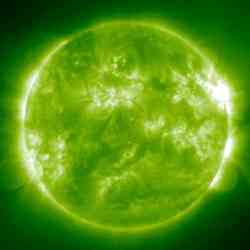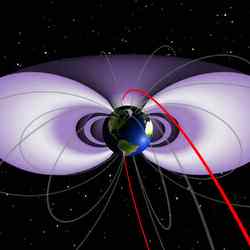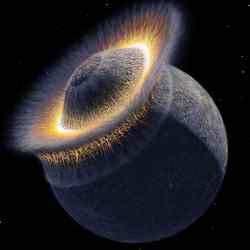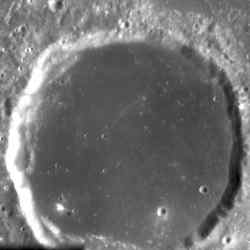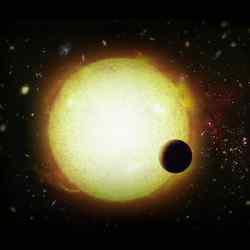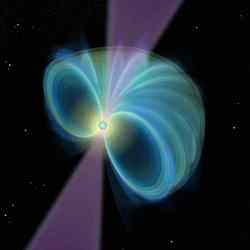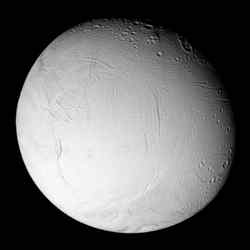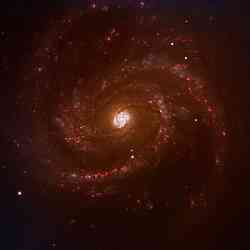
SN 2006X in Messier 100. Image credit: ESO Click to enlarge
Possibly similar to what our own Milky Way looks like, Messier 100 is a grand design spiral galaxy that presents an intricate structure, with a bright core and two prominent arms, showing numerous young and hot massive stars as well as extremely hot knots (HII regions). Two smaller arms are also seen starting from the inner part and reaching towards the larger spiral arms.
The galaxy, located 60 million light-years away, is slightly larger than the Milky Way, with a diameter of about 120 000 light-years.
The galaxy was the target of the FORS1 multi-mode instrument on ESO’s Very Large Telescope, following the request of ESO astronomers Dietrich Baade and Ferdinando Patat, who, with their colleagues Lifan Wang (Lawrence Berkeley National Laboratory, US) and Craig Wheeler (University of Texas, Austin, US), performed detailed observations of the newly found supernova SN 2006X.
SN 2006X was independently discovered early February by Japanese amateur astronomer Shoji Suzuki and Italian astronomer Marco Migliardi. Found on 4 February as the 24th supernova of the year, it had a magnitude 17, meaning it was 1000 times fainter than the galaxy. It was soon established that this was another example of a Type-Ia supernova, observed before it reached its maximum brightness. The supernova indeed brightened up by a factor 25 in about two weeks.
Since SN 2006X became so bright and since it is located inside the very much studied Messier 100 galaxy, there is no doubt that a great wealth of information will be collected on this supernova and, possibly, on the system that exploded. As such, SN 2006X may prove an important milestone in the study of Type Ia supernovae. This is particularly important as these objects are used to measure the expansion of the universe because they all have about the same intrinsic luminosity.
This is not the first supernova ever found in Messier 100. Indeed, this is one of the most prolific galaxies as far as supernovae are concerned. Since 1900, four others have been discovered in it: SN 1901B, SN 1914A, SN 1959E, and SN 1979C. Recent observations with ESA’s XMM-Newton space observatory have shown quite surprisingly that SN 1979C is still as bright in X-ray light as it was 25 years ago. In visible light, however, SN 1979C has since then faded by a factor 250. SN 1979C belongs to the class of Type II supernovae and is the result of the explosion of a star that was 18 times more massive than our Sun.
Original Source: ESO News Release

